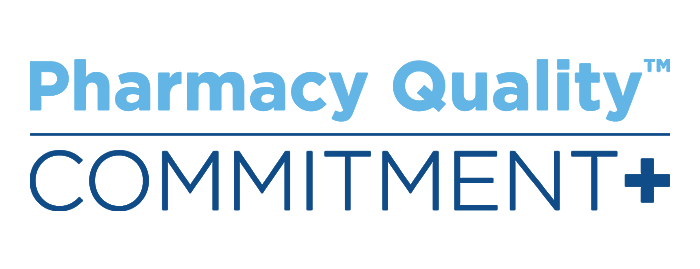Complete Story
Medicaid analysis shows hundreds of millions in PBM spread pricing dollars
The Ohio Department of Medicaid has released its interpretation of the official analysis of the managed care pharmacy program, and the results provide one of the first-ever glimpses into the depths of pharmacy benefit manager (PBM) pricing tactics. As we had largely speculated months ago, it was confirmed that in 2017, PBMs pocketed a whopping $223.7 million in spread pricing alone in the Medicaid managed care program.
In the report, which ultimately was an analysis of PBM-volunteered data, HDS found that the $223.7 million dollars was approximately an 8.8% markup on pharmacy claims. While this total is large in its own right, perhaps most revealing is that this amount did not include other PBM revenue streams like transaction fees and drug rebates.
To view the analysis conducted by Columbus-based HealthPlan Data Solutions (HDS), CLICK HERE.
OPA applauds the Ohio Department of Medicaid (ODM) for this comprehensive analysis, and for taking the first step forward to reform this opaque, unpredictable system to ensure providers and taxpayers are getting value. We call on lawmakers and the Department to increase the accountability in this system and to reform policies that have caused Ohioans to pay more for less. We must ensure that the system's incentives align with taxpayer intent and recipient outcomes.
We agree with the recommendations of HDS that the Medicaid managed care organizations should move to a pass-through pricing model with their PBMs instead of the costly, ambiguous spread-pricing model that is crushing pharmacy access and charging taxpayers hundreds of millions of dollars with little additional value.
Specifically, HDS considered the following four factors before recommending moving to a pass-through pricing model PBM contract:
- Increased administrative fees charged in a pass-through model
- Negotiating the appropriate AWP discount based on historical pricing performance and market benchmarks
- Remaining cost neutral to the Ohio Department of Medicaid
- Improving reimbursement to the pharmacy providers
Adopting this model would cut the excess out of the PBM spread, while reshuffling needed dollars to pharmacy providers who have shouldered the burden of well-below-market reimbursement rates through the Medicaid program. Additionally, in their recommendations, HDS believed this model could save the state more than $16 million. This move would streamline pharmacy reimbursements, maintain the structural fabric of the current Medicaid program, and reprioritize important taxpayer dollars away from administrative middlemen and back to Ohio's communities.
"The state Medicaid program says that on average, it costs $10.49 for a pharmacy to provide all the services necessary to fill a prescription," said OPA Executive Director Ernie Boyd. "Those fees are largely ignored in the managed care pharmacy program, and instead of paying providers or saving taxpayers money, PBMs are artificially inflating drug costs at their own whims. We will continue our fight for reform."
"This exposure of massive PBM spread is a gift from Ohio to the entire country," said OPA government affairs director Antonio Ciaccia. "Even without factoring in transaction fees and drug rebates, we now have hundreds of millions of reasons to pull back the entire PBM curtain, not just in Medicaid, but for all payers. This is extremely alarming, and the PBM gravy train needs to end."
OPA is appreciative of the analysis of PBM-volunteered data commissioned by Ohio Medicaid. Its findings of an 8.8% difference between the rates pharmacies are paid and that PBM MCOs ultimately report to the state are lower than an independent analysis by the Columbus Dispatch, who showed approximately 12% of a spread markup. These differing rates of spread point to the lingering need to verify the validity of PBM-volunteered data with actual pharmacy data.
While a portion of the PBM-volunteered data showed minimal differential between rates paid to independent pharmacies and PBM-owned pharmacies, this is a largely meaningless statistic, considering the fact that the additional $223 million in spread would easily afford a PBM to pay low rates to themselves on the pharmacy side while making up the difference (and more) on the PBM side through spread. Our concerns over this significant warped incentive remain.
Of further interest in the report were findings that PBMs earned $5.77 per prescription in 2017, a margin that actually exceeded margins reportedly paid to pharmacies during that same time.
OPA continues to be dismayed over the extremely low rates that are being paid to local pharmacies of all sizes, and we continue to share our concern over the growing number of pharmacy closures across the state. Access is being adversely impacted, and Ohio's most underserved and poor communities are being hit the hardest. OPA calls on lawmakers to continue its work on HB 465 sponsored by Reps. Scott Lipps & Kyle Koehler to fix this broken system.
We would like to thank our many members and lawmakers for blowing the whistle on this problem, and we can't thank the Columbus Dispatch enough for their constant truth-seeking on this issue through their 'Side Effects' investigative series.


